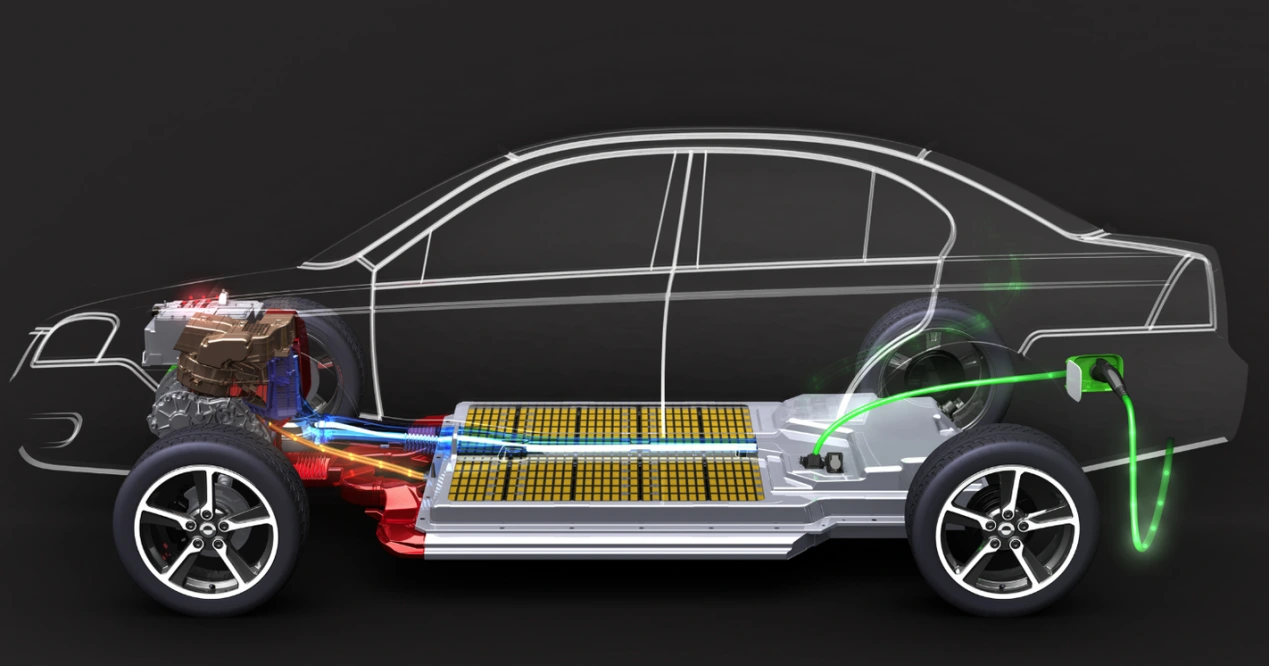In the quest for improved indoor air quality and energy efficiency, passive air vents have emerged as a popular solution among homeowners and builders alike. However, the question remains: do passive air vents work effectively? This article delves into the mechanics, benefits, limitations, and best practices associated with passive air vents, providing a thorough understanding for those considering their implementation.
Understanding Passive Air Vents
Passive air vents are designed to facilitate natural airflow within a building without the use of mechanical systems. They rely on the principles of convection and pressure differentials to allow fresh air to enter and stale air to exit. Typically installed in walls, ceilings, or floors, these vents can be strategically placed to enhance ventilation in various spaces, from attics to living rooms.
How Do Passive Air Vents Function?
The effectiveness of passive air vents hinges on several key principles:
- Convection: Warm air rises, creating a natural upward flow. Passive vents can be positioned to take advantage of this phenomenon, allowing cooler air to enter from lower vents while warmer air escapes through higher outlets.
- Pressure Differentials: Wind and temperature variations create pressure differences that can drive airflow. Passive vents can harness these differences, promoting a continuous exchange of air.
- Stack Effect: In multi-story buildings, the stack effect can be particularly beneficial. As warm air rises, it creates a vacuum that draws cooler air in from lower levels, enhancing overall ventilation.
Benefits of Passive Air Vents
- Energy Efficiency: By reducing reliance on mechanical ventilation systems, passive air vents can lower energy consumption and costs. They allow for natural airflow, which can help maintain comfortable indoor temperatures without the need for air conditioning.
- Improved Indoor Air Quality: Proper ventilation is crucial for diluting indoor pollutants, including volatile organic compounds (VOCs), allergens, and moisture. Passive air vents can help maintain a healthier indoor environment by facilitating air exchange.
- Simplicity and Low Maintenance: Unlike mechanical systems, passive vents require minimal maintenance. Once installed, they operate without the need for electricity or complex controls.
Limitations of Passive Air Vents
While passive air vents offer several advantages, they are not without limitations:
- Dependence on External Conditions: The effectiveness of passive vents can be significantly influenced by external weather conditions. In stagnant air or extreme weather, their ability to promote airflow may be compromised.
- Potential for Contaminants: Without filters or mechanical controls, passive vents can inadvertently allow outdoor pollutants, allergens, and pests to enter the building. This necessitates careful placement and consideration of the surrounding environment.
- Limited Control: Unlike mechanical ventilation systems, passive vents do not offer the same level of control over airflow rates and indoor climate conditions. This can be a drawback in spaces requiring precise ventilation management.
Best Practices for Implementing Passive Air Vents
To maximize the effectiveness of passive air vents, consider the following best practices:
- Strategic Placement: Position vents to optimize airflow based on the building's layout and prevailing wind patterns. Ensure that intake and exhaust vents are located in complementary areas to facilitate effective air exchange.
- Regular Maintenance: While passive vents require less maintenance than mechanical systems, periodic inspections are essential to ensure they remain unobstructed and functional.
- Combine with Other Ventilation Strategies: For optimal results, consider integrating passive vents with other ventilation methods, such as operable windows or mechanical systems, to enhance overall air quality and comfort.
- Monitor Indoor Air Quality: Utilize air quality monitors to assess the effectiveness of passive ventilation. This data can inform adjustments to vent placement or additional ventilation strategies as needed.
Conclusion
In conclusion, passive air vents can be an effective solution for enhancing indoor air quality and promoting energy efficiency when implemented thoughtfully. While they offer numerous benefits, including low maintenance and cost savings, their effectiveness is contingent upon external conditions and proper placement. By understanding the mechanics behind passive air vents and adhering to best practices, homeowners and builders can harness their potential to create healthier, more comfortable living environments. As the demand for sustainable building practices continues to grow, passive air vents represent a valuable tool in the pursuit of improved indoor air quality.

More Stories
How a laser wire marking machine Enhances Identification Accuracy in Modern Cable Manufacturing
How a laser wire marking machine Enhances Identification Accuracy in Modern Cable Manufacturing
How a laser wire marking machine Enhances Identification Accuracy in Modern Cable Manufacturing